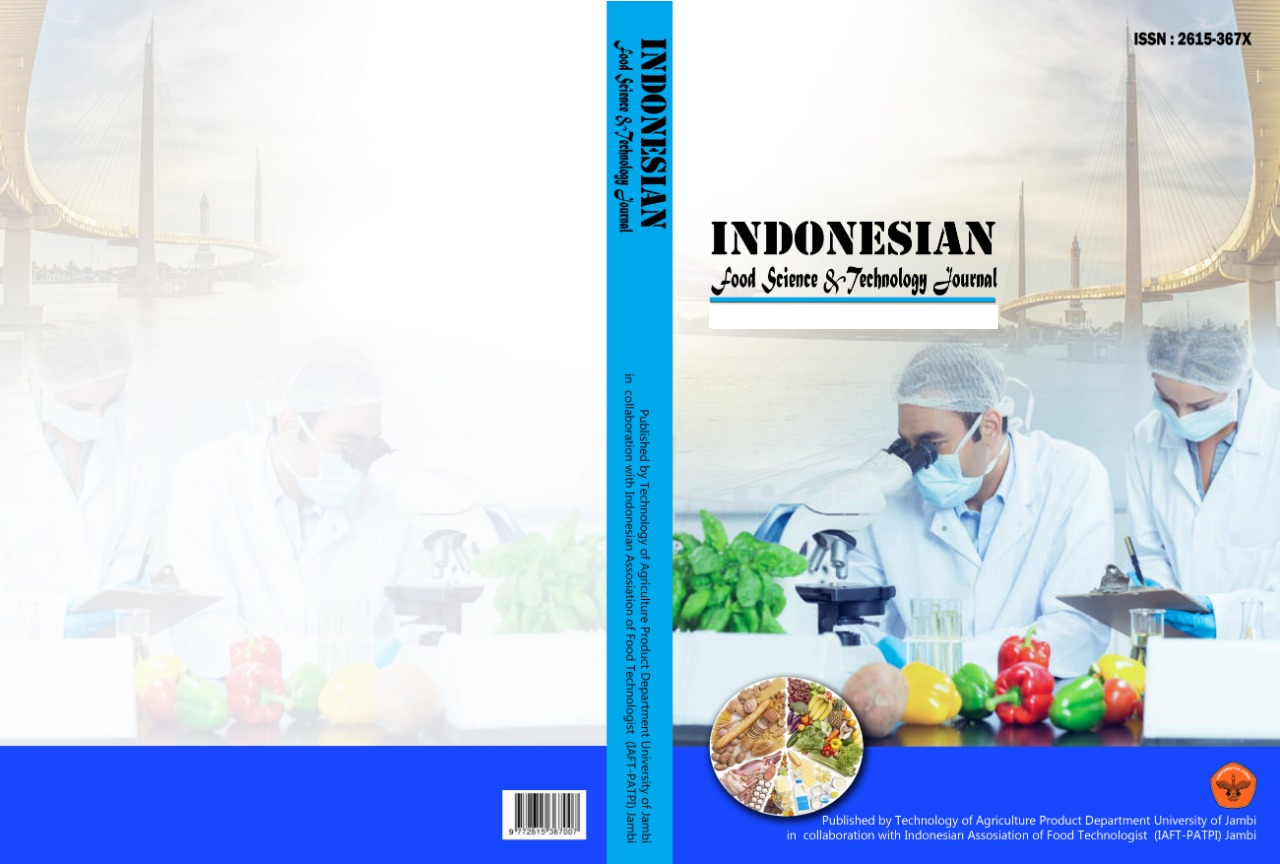Material Contact and Environmental Effects on Vitamin A Fortified Vegetable Frying Oil
DOI:
https://doi.org/10.22437/ifstj.v3i2.8584Abstract
Observations about the impact of environmental parameters and time, on fortified vegetable oil, using typical commercial grade linear low density polyethylene (LLDPE) packaging during typical shelf-life conditions, are minimal. We tested the long-term (12 months) impact of temperature and illuminance (light: 100 to 150 lux and darkness <1 lux) on refined bleached deodorized palm olein (RBDPOL), fortified with vitamin A, and without antioxidant. Results showed degradation of fortified RBDPOL with 70 ppm vitamin A was approximately 19% at 18-22oC in Light, 18% at 18-22oC in Darkness, 38% at 32-33oC in light and 24% 32-33oC in darkness. A similar trend was observed at 45 ppm vitamin A. Exposure to both heat and light impacted vitamin A degradation, but was primarily attributed to prolonged exposure at elevated temperature, irrespective of the packaging material. This short study validates extensive research by Silalahi et al., (2017), doi:10.1111/ijfs.13462 on the impact of environmental effects of fortified vegetable frying oil, during extensive storage life periods.
Downloads







